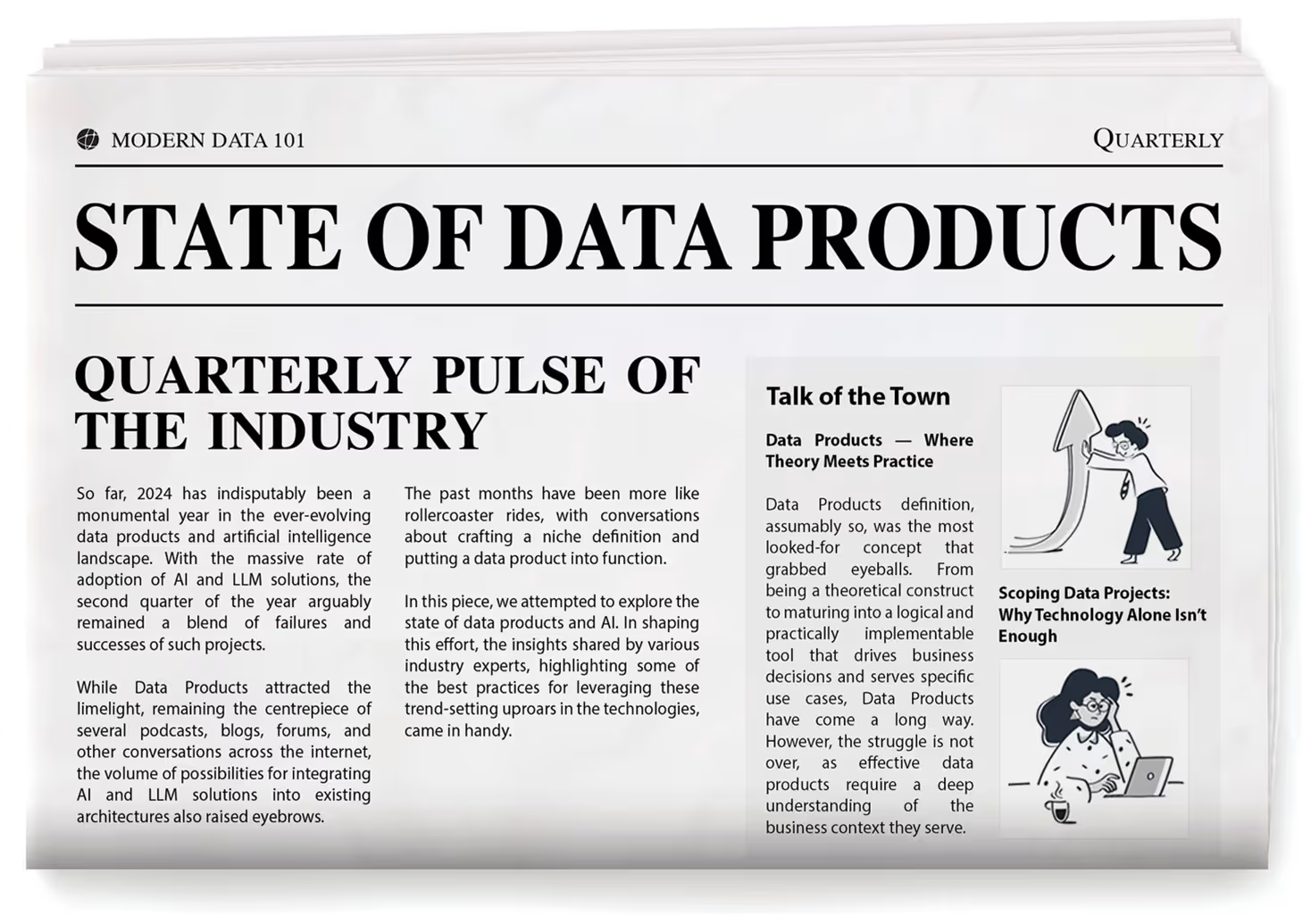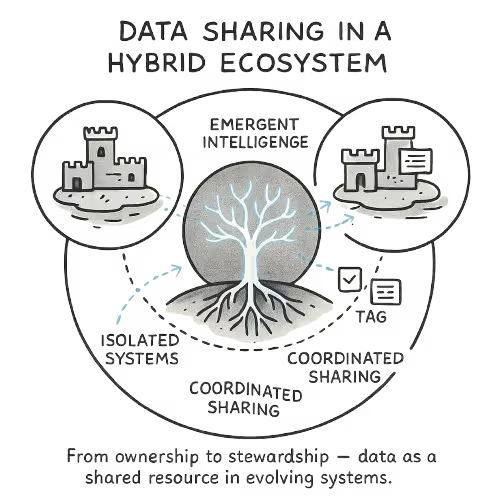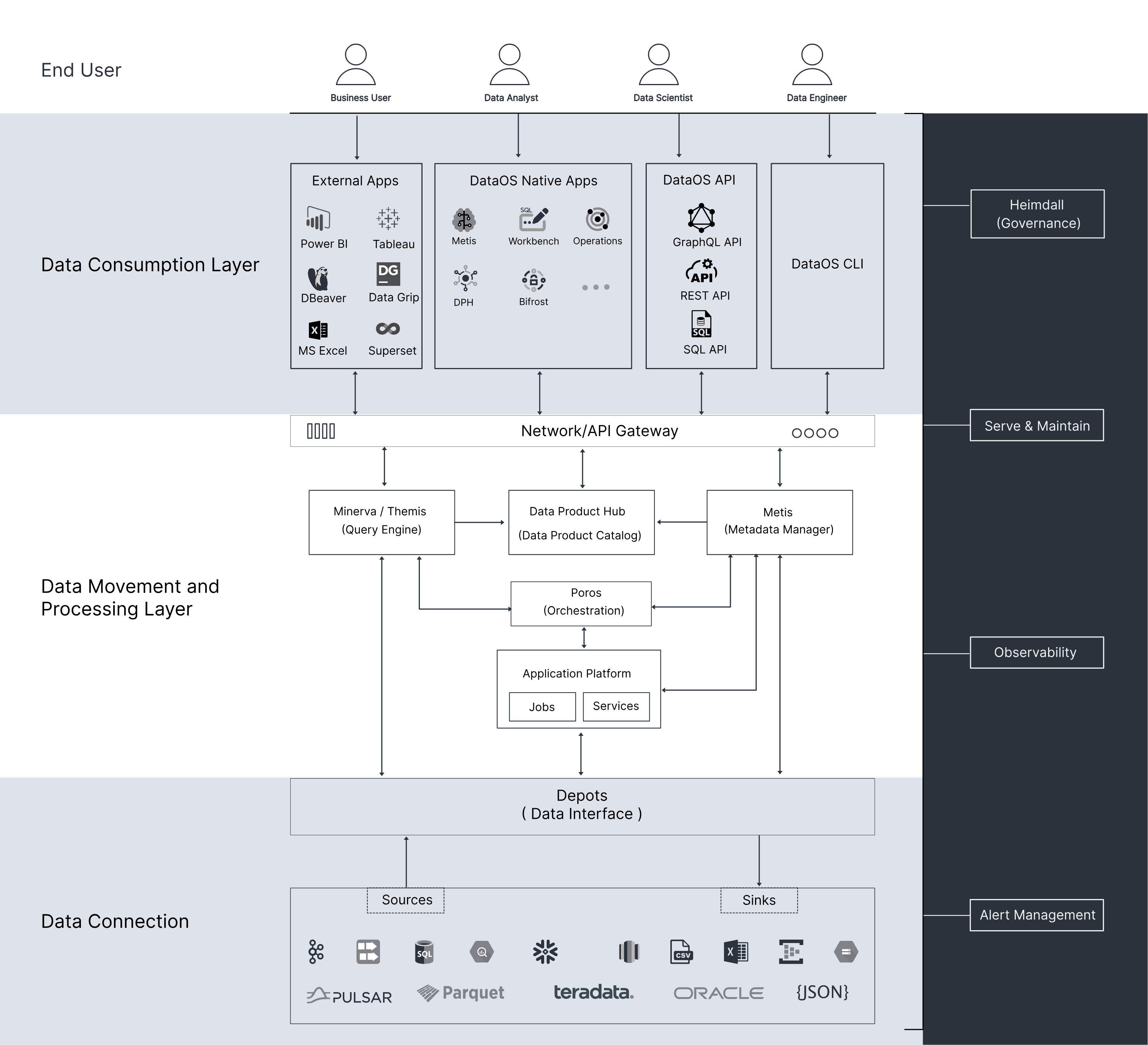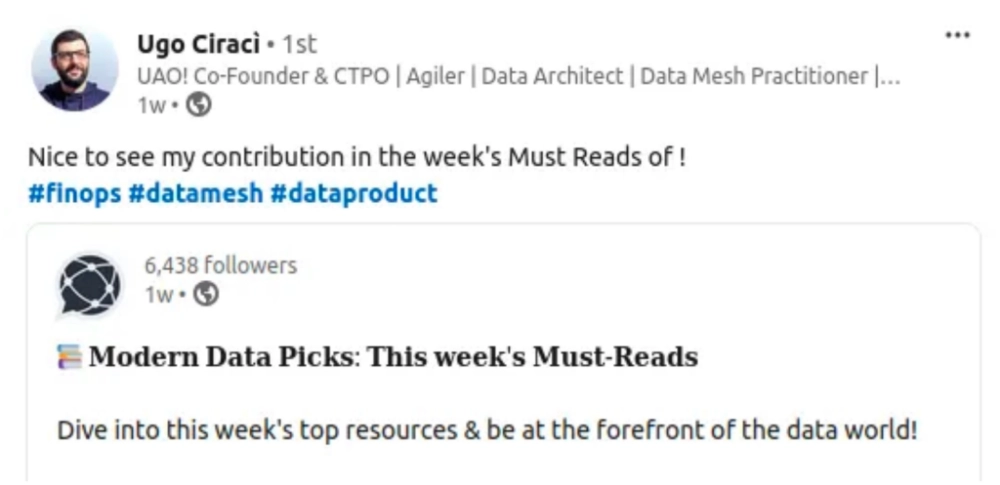
TL;DR
Interoperability is a necessity across different features of a data stack, such as cataloging, modeling, ingesting, governance, and more. This article is a straightforward piece specifically looking into the Governance angle and how interoperability weaves into it as a non-negotiable enabler.
But first, we need to take a brief detour to understand the essence of interoperability.
Interoperability Fundamentals
What is interoperability?
Interoperability is the ability of different entities in the data stack (platforms, tools, pipelines, policies, etc.) to understand each other and communicate and behave as if they were part of one system instead of acting as multiple systems requiring assistance to talk to foreign entities.
Interoperability reduces the cognitive overload of integration overheads and allows developers to have a unified experience, irrespective of the number of different systems in operation.
How is interoperability implemented across the end-to-end data stack?
Becoming end-to-end interoperable is feasible with a unifying centerpiece that furnishes a common interface to enable any entity in a data stack to talk directly to any other entity without repetitive integration with each. This function is facilitated by data developer platforms.
Any data developer platform’s objective is to facilitate existing tools in the data infrastructure, add new platform-native capabilities, and facilitate standard interfaces for the new and existing entities to talk to each other. This omits integration, maintenance, and expertise overheads.
Consequently, interoperability plays a big role here by enabling the data platform to understand and derive context around existing data infrastructure. An interoperable data platform is able to integrate with existing infrastructure by interoperating with:
- Source systems
- Workflows/Pipelines
- Metadata & Catalogs
- Observability systems
- Governance engines
How do Data Developer Platforms enable interoperability with existing tech stacks and the overall data infrastructure?
Inside→Out
1. The data developer platform triggers events in entities outside the platform, say, pre-existing tools in the data stack.- One-Integration to Integrate with All: The platform furnishes a standard way/interface to share information with external entities. E.g.: Once an operator (channel) to an external tool is developed, any entity in the data platform (workflows, computes, services, contracts, etc.) and any other external entity integrated with the platform can interact with the tool without requiring repetitive integration with the tool.
2. Data developers can create, deploy, manage, and monitor the resources of external data entities (say, monitoring or cataloging tools) from within the data platform.

Outside→In
1. A standard way to consume information from external entities.
2. When a data platform is able to ingest and act on event triggers from outside the platform.
3. The platform furnishes standardised APIs that are compatible with external formats (events, data, instructions).
4. Data developers can invoke the data developer platform’s resources from outside the platform via event triggers.
Interoperability in the Context of Governance
Before mapping the power of interoperability with data governance, we need to first understand how Governance is implemented across the end-to-end data ecosystem through a unifying data platform.
A brief overview of how a Governance Model works in a Data Developer Platform
Below is a sequence diagram explaining the flow of how access or data masking policies get implemented in a use case such as querying.

The data developer platform’s native data governance engine implements ABAC by acting as a PDP or a Policy Decision Point and transmitting decisions to PEPs or Policy Execution Points.
💡 A PDP or a Policy Decision point is where the system decides the course of action with respect to a policy. It is the central and only point of authority for any and all governance across the data ecosystem. A data ecosystem cannot have more than one PDP.
💡 A PEP or a Policy Execution Point is where the policy is implemented. A PEP can exist both internally as well as externally in the context of the data platform. There can be multiple PEPs operating in the data ecosystem based on whichever app, engine, resource, or interface wants to implement certain policies.
Any entity that wants to implement policies must first implement a PEP compatible with the chosen PDP. The platform’s native governance engine provides APIs for PDP, which can be leveraged by data app developers as a standalone governance engine as long as they implement PEPs in their apps.
Whenever a query or an application calls data or any other resource via a query engine or an API, the PEP sends a decision request to the governance engine (PDP), and based on the policy registered, the PDP sends out a decision.
The PEP is free to enforce the decision and consequently modify the query or the result as necessary to align with the policy decision. Example: mask or encrypt certain columns.
How to establish interoperability in terms of Governance?
⬆️ Inside→Out
To enable governance for your entire data ecosystem, that is, across all internal and external resources and stacks, in an inside→out fashion, you need to opt for the data platform’s PDP.
All resources, interfaces, and engines native to the data platform inherently implement PEPs compatible with its governance engine. For external entities, the data developers need to implement compatible PEPs across the points they want to govern.
⬇ Outside→In
If customers already have a pre-existing governance tool, say Immuta, the default chosen PDP is the governance engine of Immuta. But there can only be one PDP. Therefore, the platform’s native governance engine does not play any role here.
If the data developers want to use the applications and interfaces of the data developer platform in a governed fashion based on the policies defined by Immuta’s PDP, the platform engineers need to make sure the internal entities such as the platform’s query engine, transformation stacks, and all-purpose catalog are able to implement PEPs which are compatible with the external PDP.
💡 Rationale
It’s important to understand why it’s necessary to have no more than one PDP for the entire ecosystem. As soon as you introduce two PDPs or two points of authority, you suffer the consequences of conflicting policies, which derails the integrity of the whole governance system.
📖 Related Reads



Author Connect 🖋️

Travis Thompson

I am a passionate & pragmatic leader, architect & engineer. I use iterative architecture & lean methodologies to deliver software products with measurable value, aligned with goals & objectives, on time & with balanced technical debt.

Animesh Kumar

I am a passionate & pragmatic leader, architect & engineer. I use iterative architecture & lean methodologies to deliver software products with measurable value, aligned with goals & objectives, on time & with balanced technical debt.

More about
Role of Interoperability in End-to-End Data Governance
Checkout our

Community resources
and

Related articles


























